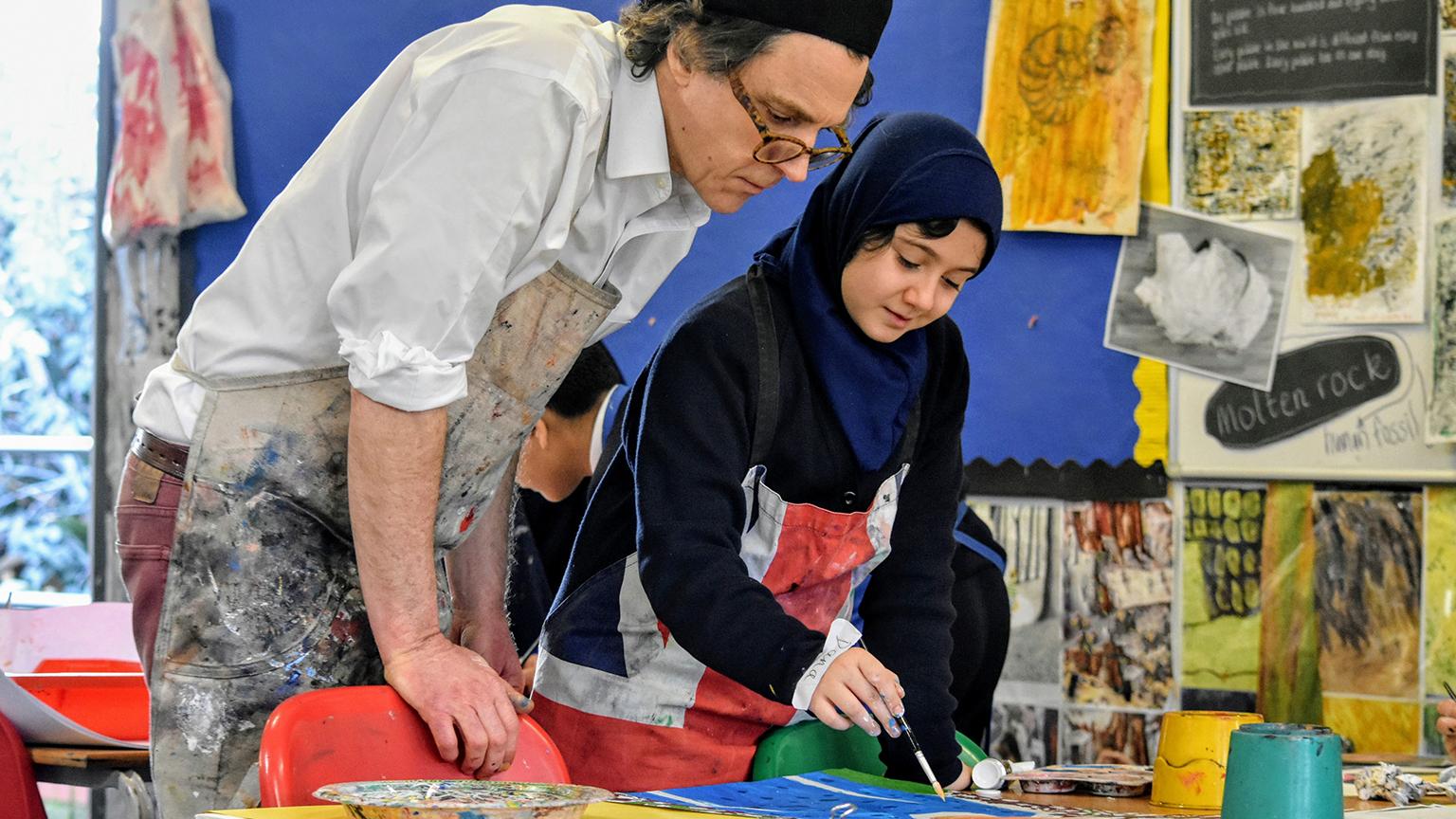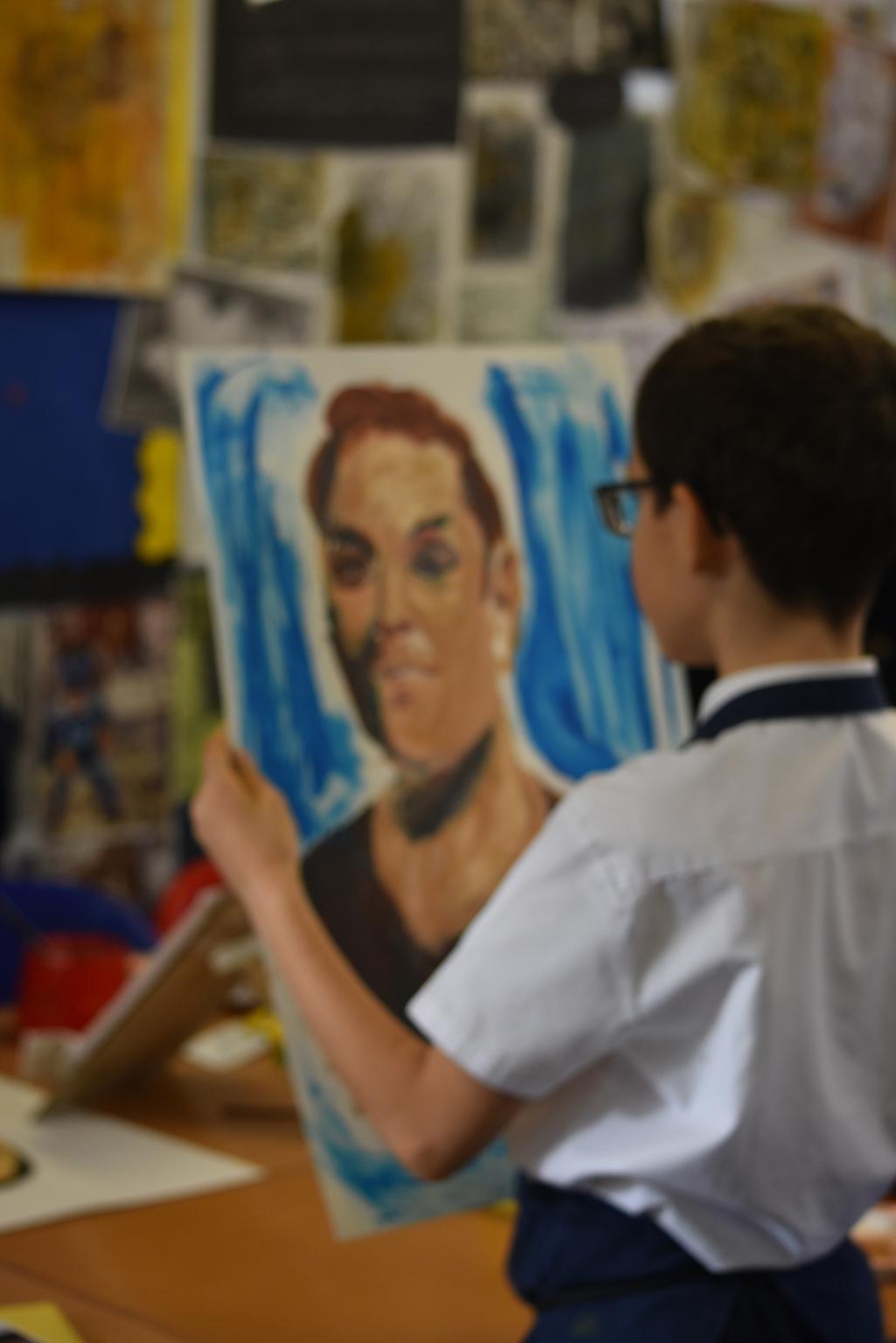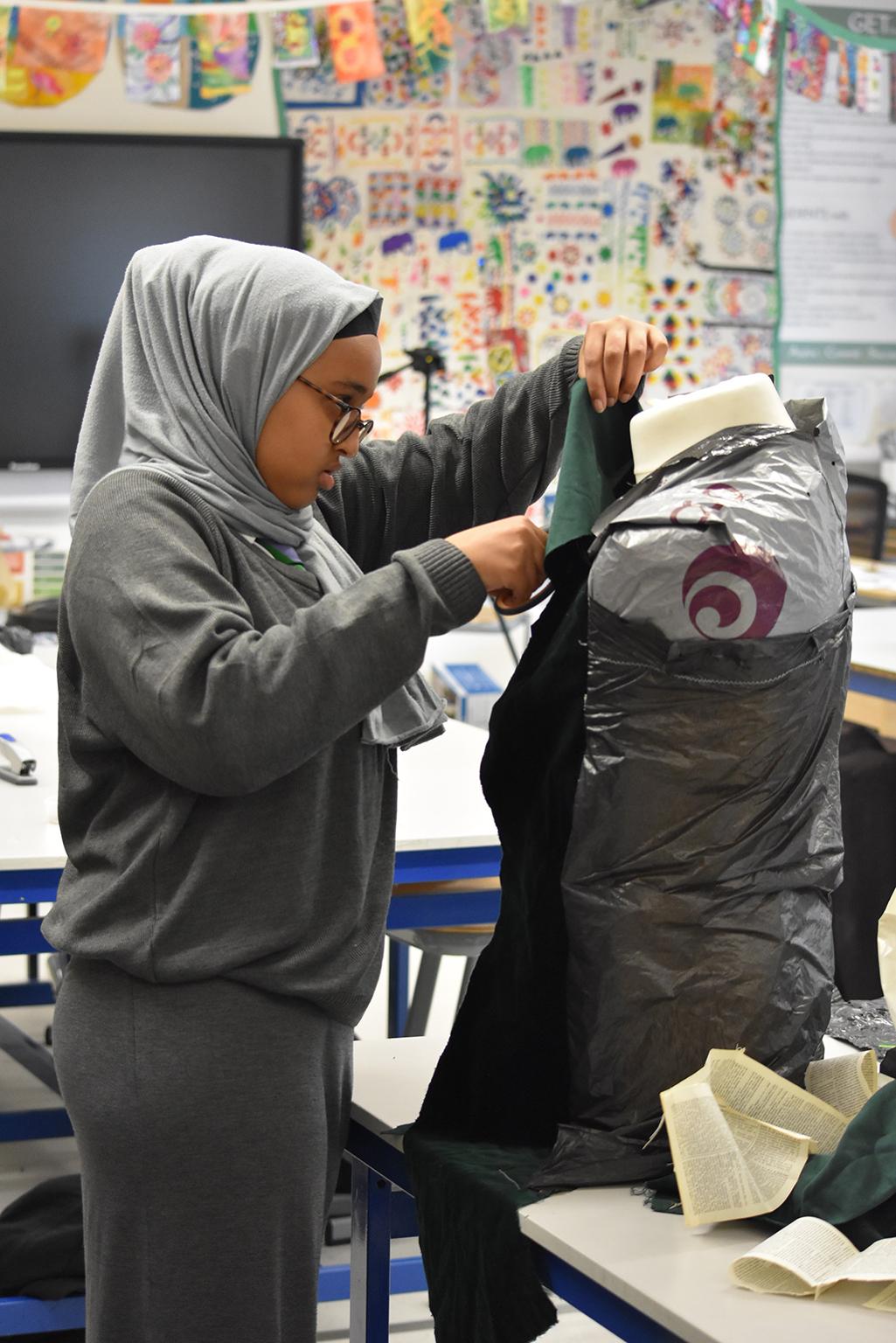Why art lessons in our schools are vital

Andria Zafirakou, the first British winner of the Global Teacher Prize, argues that the opportunity to experiment with art in the classroom nurtures the next generation of creative thinkers and provides an environment in which all pupils can thrive.
I’ve been teaching art and textiles in Brent, at Alperton Community School, for 16 years and there is still something magical about the start of every new academic year. Over the summer holiday my classroom will have been cleaned to within an inch of its life, my stock cupboards filled with new materials, and space made on the walls for this year’s yet-to-be-created student masterpieces.

As I sit here at my desk, I revisit those satisfying moments when this wondrous art room has helped to transform the lives of my students. Nikhil, for example, who studied art secretly because his parents felt it would be a waste of time and would not help him get a ‘good job’ – the same Nikhil who became an architect. Then there is Fatima, who found solace, peace and therapy in the art room following her traumatic experience as an unaccompanied refugee minor.
I smile as I recall the story of another student: Alex. He was 12 years old and had been diagnosed with various forms of special educational needs, including ADHD, dyslexia and autism. He did not enjoy being at school and would often find getting through the day a colossal challenge. His condition prevented him from writing competently for a child his age, and he would rarely produce any written work as he was embarrassed and frustrated with the outcome.
However, in the art room, you would hardly notice his special educational needs. He would undertake all activities, focus continuously, participate and engage with everyone. More importantly for me, Alex would contribute to class discussions, produce exciting work and clearly enjoyed the experience of being in an environment where there is no wrong or right answer. If you asked him why he enjoyed his art lessons, he would simply say: ‘Because I am the same as everyone and my work is just as good.’
My blood boils every time I think about the government’s decision to cut 50 per cent of arts-subject funding to universities this autumn
For many students like Alex, the art room gives them the opportunity to feel valued, respected, proud and ‘normal’. They feel safe and happy where their identity is accepted and valued, and where labels do not exist.
This is why I love teaching my subject: I know the arts can be a lifeline, enabling certain students to communicate and exist in a way that feels right and natural for them. Over the years, my art room and I have supported many students to become successful architects, ceramicists, illustrators and graphic, game and fashion designers. This room helped them discover their true potential.

This is one of the reasons I decided to use the $1million I received from the 2018 Global Teacher Prize to set up a charity called Artists in Residence (AiR). I wanted to give young people in schools in deprived areas in this country the opportunity to participate in creative experiences through working directly with high-quality artists and designers. We understand there is a certain magic and powerful learning that occurs when young people and teachers can work with these professionals, and we want to support schools to make that happen.
Which is why my blood boils every time I think about the government’s decision to cut 50 per cent of arts-subject funding to universities this autumn. Do they not know the catastrophic damage this will cause to our young people, to our society and to the future of our economy? Is the message we want to give to future generations that we do not want creative thinkers and problem solvers, artists and music makers? If that is so, our education system has failed to understand the needs of our young people.
What else can I do? I have vowed to continue to make my art room a refuge and training ground for all my students. I will support them to find their true potential, strength and happiness, and to prepare for a tough future ahead. What will you do?